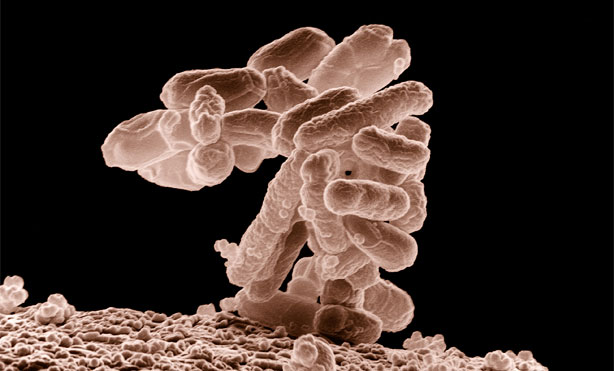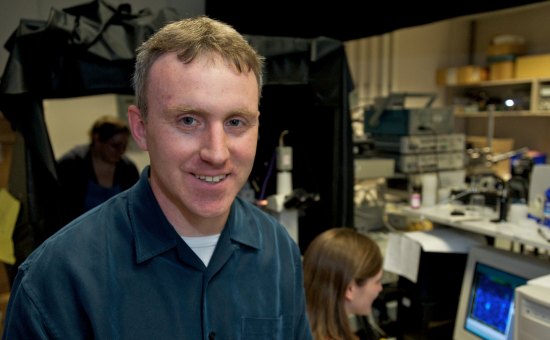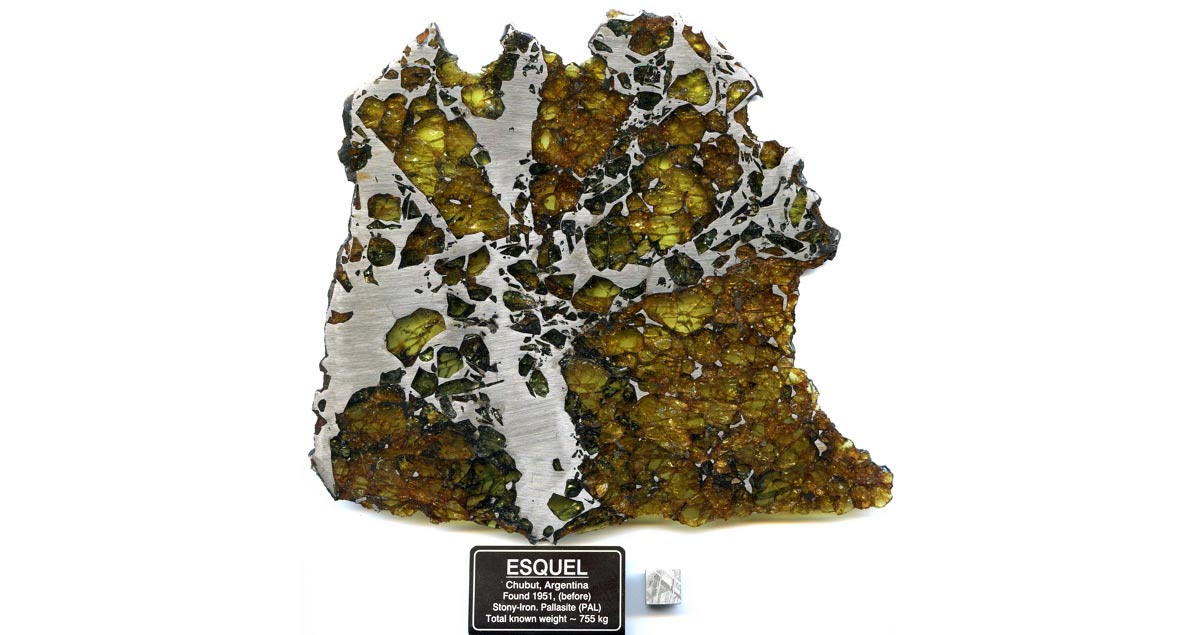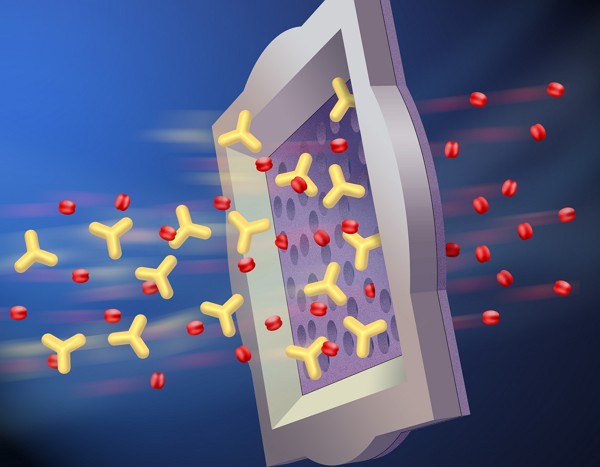
Student Team Wins an International da Vinci Award
The five engineering students developed the MonoMano Cycling Control System, which enables riders to steer, brake, and shift gears on a recumbent tricycle with one hand.

Student Innovators are Finalists for International da Vinci Award
With the MonoMano system, a rider can steer, brake, and shift gears on a recumbent tricycle with one hand.
EVENT: Symposium to Address 21st Century Energy Issues
The symposium is sponsored by the Energy Research Initiative (ERI), founded in 2008 to coordinate energy-related research and educational activities at the University.

Superbugs May Have a Soft Spot
Researchers have identified a weakness in at least one antibiotic-resistant superbug that scientists may be able to medically exploit.
Technology Transfer Leader Named
The Office of Technology Transfer is responsible for protecting the University’s intellectual property, and aiding the commercialization of technologies.

Audio Engineering Degree Debuts
The New York State Department of Education has recently certified the University’s new undergraduate audio and music engineering major, which is being offered to students for the first time this academic year.

American Physical Society Honors Chemist
Todd Krauss is being recognized for his outstanding contributions to the field of nanoscience, especially the photophysics of nanoscale semiconductors.

3-MINUTE CLASSROOM: Cure for Cancer in Mole Rats?
Blind mole rats and naked mole rats—both subterranean rodents with long life spans—are the only mammals never known to develop cancer. Biology professors Vera Gorbunova and Andrei Seluanov have discovered the separate mechanisms that cause these two species to be cancer-free, and those discoveries could lead to new cancer therapies in humans.

“Space Gems” Share a Dramatic Origin Story
These meteorites, or pallasites, were likely formed when a smaller asteroid crashed into a planet-like body about 30 times smaller than earth.

Diagnostic Devices to Feature Super-Thin Filters
DNA analysis and pathogen testing relies on filtration. These new membrane filters will be about 1,000 times thinner than the sponge-like filters used now, lending themselves to yet smaller, portable instrumentation for use in the field.

